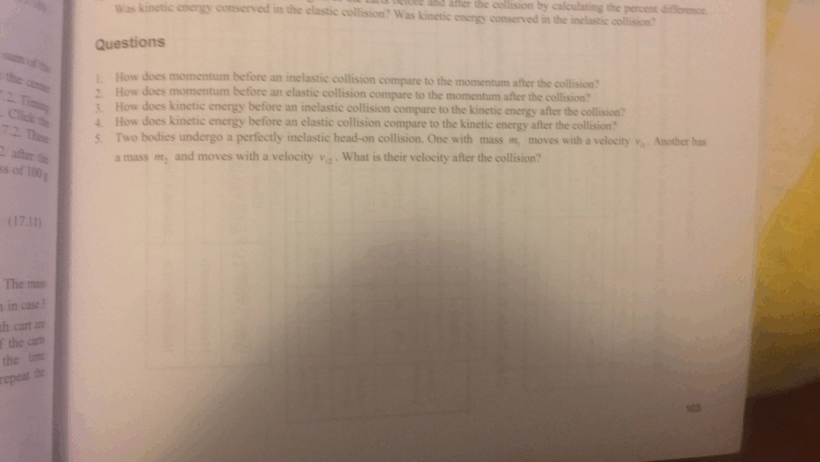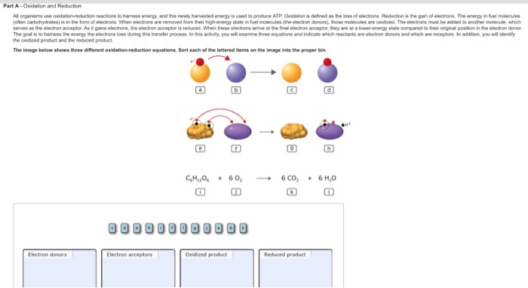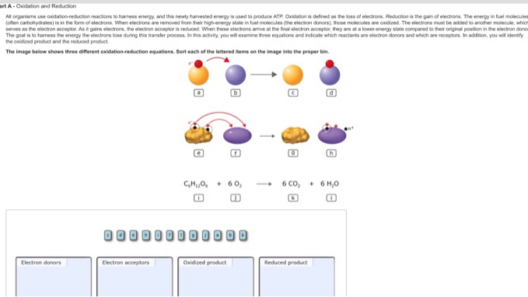The question of whether kinetic energy is conserved during a completely inelastic collision is both intriguing and essential to understanding the principles of physics. In a world increasingly influenced by the laws of nature, grasping these foundational concepts enables us to make informed decisions about energy conservation and the mechanics involved in various interactions. By delving into the nature of inelastic collisions, we can better appreciate the dynamics at play and the broader implications for energy conservation.
To set the stage, it is crucial to define what a completely inelastic collision entails. Such an event occurs when two or more bodies collide and stick together post-impact, moving as a single entity after the collision. This stands in stark contrast to elastic collisions, where kinetic energy and momentum are both conserved. The allure of exploring inelastic collisions lies in understanding that while momentum is preserved, kinetic energy is not. This distinction is pivotal in the study of motion and energy transformations.
In a completely inelastic collision, the total kinetic energy before the collision is greater than the total kinetic energy after the collision. To grasp this concept visually, consider two vehicles moving toward each other with a specific velocity. Upon colliding, they crumple together and travel as one mass, which may result in significant energy loss, often manifested as heat, sound, or deformation. This energy transformation is where the conversation about conservation becomes vivid.
Mathematically, we can articulate this paradox. The principle of conservation of momentum states that the total momentum of a closed system remains constant, provided no external forces act upon it. If we denote the masses and velocities of two colliding objects before the impact as ( m_1 ) and ( v_1 ) for the first object, and ( m_2 ) and ( v_2 ) for the second object, the total momentum ( p_{text{initial}} ) before the collision can be expressed as:
( p_{text{initial}} = m_1v_1 + m_2v_2 )
After they collide and move together (now regarded as a single object of mass ( m_1 + m_2 )), their common velocity ( v_f ) can be determined by the conservation of momentum:
( p_{text{final}} = (m_1 + m_2)v_f )
Equating the two expressions for momentum, we derive the information necessary to calculate this post-collision velocity. However, while momentum finds a way to remain intact, the kinetic energy is invariably altered. The initial kinetic energy ( KE_{text{initial}} ) can be calculated with:
( KE_{text{initial}} = frac{1}{2}m_1v_1^2 + frac{1}{2}m_2v_2^2 )
The kinetic energy after the collision ( KE_{text{final}} ) becomes:
( KE_{text{final}} = frac{1}{2}(m_1 + m_2)v_f^2 )
Upon evaluating these expressions in comparison to one another, it becomes evident that while momentum preservation is a bedrock principle of physics, kinetic energy dissipates in the collision process. This energy is transformed into other forms, such as heat energy due to the friction involved in deformation or sound energy, which is often the noisy result of a crash.
This curious outcome sparks an essential dialogue concerning energy conservation and its conservation laws. It is vital to understand that the loss of kinetic energy in a completely inelastic collision does not violate the conservation of energy principle. Instead, energy is transferred into other forms, emphasizing the versatility and inherent interconnectedness of energy in our environment.
The implications of inelastic collisions can extend beyond mere academic inquiry; they resonate significantly within our daily lives, impacting areas like automotive safety, sports dynamics, and even the design of structures subjected to dynamic forces. For example, when vehicles are engineered with crumple zones that absorb energy during a collision, they exemplify an understanding of the loss of kinetic energy and the necessity of dissipating destructive forces.
Examining real-world collisions offers a captivating glimpse into the principles of physics in action. Take, for instance, the realm of sports, where athletes navigate complex interactions similar to inelastic collisions. In football, a player receiving a tackle might not rebound back with the velocity they approached due to energy loss in the form of sound and thermal energy, underscoring the realities we can learn from physics models.
This fundamental investigation into kinetic energy and completely inelastic collisions invites a more profound appreciation for the interplays of energy, motion, and the underlying laws that govern our reality. It compels us to consider how our engineered systems can be optimized for energy efficiency and safety. By contemplating energy conservation’s nuances and applications, society may recognize the richer layers of our decision-making processes and innovations.
Thus, the inquiry into whether kinetic energy is conserved in a completely inelastic collision not only answers an essential scientific question but also serves as a metaphor for broader environmental considerations. Addressing energy conservation in various facets of life, from transportation to industry, beckons a shift in perspective. It encourages curiosity about how we can better harness the principles of mechanics and energy transformation to forge a sustainable future.
In conclusion, understanding the intricacies of kinetic energy in completely inelastic collisions shines a light on the conservation versus transformation debate in physics. It elucidates the balance of forces governing our world. We unravel not just the mathematics of motion but the deeper implications of how we interact with energy in every facet of life. This knowledge is vital as we strive for equilibrium within our global ecosystem.








